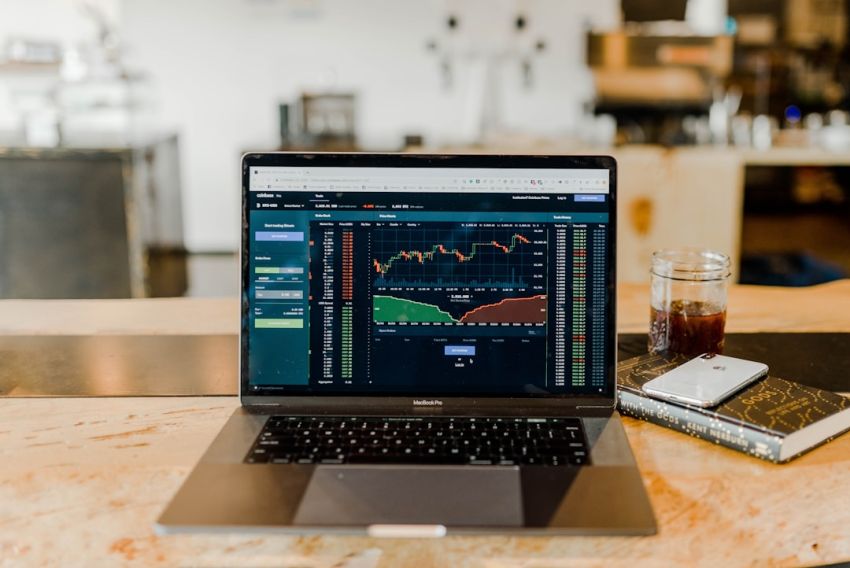Economic recessions are complex phenomena that have significant impacts on societies and individuals worldwide. Understanding how these recessions occur is crucial in order to better navigate their effects and potentially mitigate their severity. In this article, we will delve into the various factors that contribute to the occurrence of economic recessions.
The Business Cycle
At the core of economic recessions is the business cycle, which is the natural fluctuation of economic activity that occurs over time. The business cycle typically consists of four phases: expansion, peak, contraction, and trough. During the expansion phase, economic activity is on the rise, characterized by increasing GDP, low unemployment rates, and high consumer confidence. This phase eventually leads to a peak, where economic growth reaches its maximum level. However, this peak is often followed by a contraction phase, during which economic activity slows down, leading to a decrease in GDP, rising unemployment, and decreased consumer spending. The trough marks the end of the contraction phase and the beginning of a new cycle.
Factors Contributing to Economic Recessions
There are several key factors that can contribute to the onset of an economic recession:
1. Monetary Policy: Central banks play a crucial role in regulating the money supply and interest rates in an economy. In some cases, central banks may raise interest rates to combat inflation, which can lead to a decrease in consumer spending and investment, ultimately triggering a recession.
2. Fiscal Policy: Government spending and taxation policies can also impact the occurrence of recessions. A sudden decrease in government spending or an increase in taxes can lead to a decrease in aggregate demand, causing a slowdown in economic activity.
3. External Shocks: External factors such as natural disasters, geopolitical events, or global economic crises can also trigger recessions. These events can disrupt supply chains, decrease consumer confidence, and lead to a decrease in economic activity.
4. Asset Bubbles: Asset bubbles occur when the prices of assets, such as real estate or stocks, become inflated beyond their intrinsic value. When these bubbles burst, it can lead to a significant decrease in wealth, consumer spending, and investment, potentially triggering a recession.
5. Financial Crises: Financial crises, such as banking crises or stock market crashes, can have severe repercussions on the overall economy. These crises can lead to a credit crunch, decreased lending, and a decrease in economic activity, ultimately leading to a recession.
Navigating Economic Recessions
While economic recessions can have devastating effects on individuals and societies, there are measures that can be taken to mitigate their impact:
1. Diversification: Diversifying one’s investments and income sources can help cushion the blow of a recession. Having a diversified portfolio can help reduce risk and protect wealth during economic downturns.
2. Savings: Building up an emergency fund can provide a financial safety net during times of economic uncertainty. Having savings set aside can help individuals weather the storm and avoid financial hardship during a recession.
3. Education and Training: Investing in education and training can help individuals adapt to changing economic conditions. Developing new skills and staying current with market trends can improve job security and increase employability during recessions.
The Road Ahead
Economic recessions are a natural part of the business cycle, but understanding the factors that contribute to their occurrence can help individuals and societies better prepare for and navigate these challenging times. By diversifying investments, building savings, and investing in education and training, individuals can better position themselves to weather the storm and emerge stronger on the other side of a recession.










